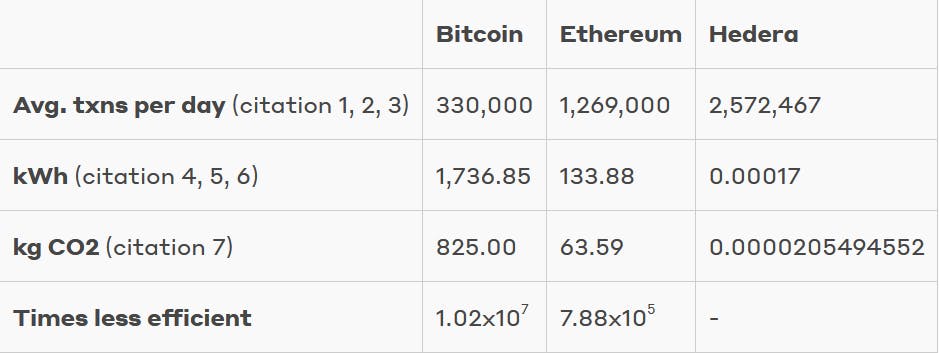Beginnings
Idea and the Man
In the year 2012, when Dr. Leemon Baird started pondering upon the question, whether one could have a truly asynchronous byzantine fault tolerant system, he might not have realized that he would actually arrive at a solution in a few years, since he had admittedly often come to the conclusion that there cannot be such a possibility.
Dr. Baird is the founder of the hashgraph, which is another form of a DLT, or decentralized ledger technology, and touted as a proven aBFT system (Asynchronous Byzantine Fault Tolerant) unlike existing DLTs like the current Proof of Work/Proof of Stake/Proof of History blockchains that we commonly encounter. He along with his business partner Mance Harmon founded Swirlds Inc. in the year 2015-16 to promote and popularize the use of Dr.Baird's innovation. Dr. Baird's genius is well established with a unique record of the fastest PhD in Carnegie Mellon's history and numerous patents and publications in CS, ML and Mathematics
Problems....solutions
The main problem statement of Dr. Baird underlined the core desire of a truly decentralized utopian dream that many crypto projects, primarily Layer 1s, aspire to achieve; high security married to high throughput along with true decentralization. Then one fine day, after several attempts on giving up on this problem, he realized a solution; what if he added two more hashes to the message from a node and tied it into a graph.
Let's come to a consensus
This graph is known as a DAG or Directed Acyclic Graph, and the two messages from a node are the last message the node has received and the last message it has built respectively. The DAG is the architecture of the hashgraph model and to any node in the network, it contains the entire history of the same. The history is maintained in the graph by a consensus model known as 'gossip protocol'. In this protocol, the nodes in the network randomly 'gossip' information about transactions to a random node until the entire network is aware of all the transactions or the entire network history; essentially this is termed as 'gossip about gossip'. Each gossip between two nodes triggers an event which triggers another unique quality in the DLT; unlike other blockchain based where consensus is achieved by a voting mechanism, there is technically no voting because all the nodes know how the others are going to vote. Now isn't that something!
The Hedera
More Government...Less Governance?
The Hedera, founded by Dr. Baird, is an enterprise grade infrastructure governed by some of the leading corporations and institutes in the world, with names like IBM, Chainlink Labs, IIT Madras, Nomura and the most recent addition being Ubisoft. The governing council currently has 23 members with a maximum limit set at 39. These members are in charge of operating network nodes to secure the network and Hedera itself provides multiple network services for developer integrations.
Tech-talk
When you start off with the Hedera ecosystem, sooner rather than later you might come across the term 'Smart Contract 2.0'. Now, one might wonder where was 1.0; well according to Hedera, that was when Ethereum developed a Turing-complete smart contract language, Solidity (P.S. - It's a part of my repertoire).
Solidity is more often than not the stepping stone for any smart contract developer in the Web3 space and Hedera chose to leverage that to its advantage by investing in Solidity and an (Ethereum Virtual Machine)EVM-compatible foundation that will be boosted by the underlying hashgraph technology, leading to boosted performance, low fees and a '> trusted, leaderless architecture'.
But, how does a language and hashgraph bring about Smart Contract 2.0. It is with the help of Hedera Token Service or HTS as it is called in the ecosystem. Hedera Token Service went live on Hedera mainnet in Q1 of 2021. It is what enables the minting, tweaking and management of fungible, non-fungible tokens both in a permissioned or non-permissioned network within the hashgraph. The HTS has enabled mapping of Solidity to all-important Ethereum token standards like ERC-20, ERC-721 and ERC-1155 through HIPs or Hedera Improvement Proposals. Several HIPs have enhanced the EVM compatibility of Hedera since.
The HBAR token is used by developers to pay for transactions and network services and is also used in a proof-of-stake model to reach consensus. As on the date of this article, proxy staking is not yet live.
Global warming is real
Besides being fast and secure, the hashgraph is also put forth as carbon negative tech.

DYOR
I have deliberately avoided specifically categorizing advantages and disadvantages. I hope you learn more about the hashgraph if it intrigues you.
Hope you learnt something new today and like the abbreviation goes in Web3, DYOR.
Fun fact: What's up with the 39 members in the governing council? Initially, 40 was being considered but the number 4 is considered as inauspicious in Asian cultures, hence the number 39 was chosen as a random choice.
